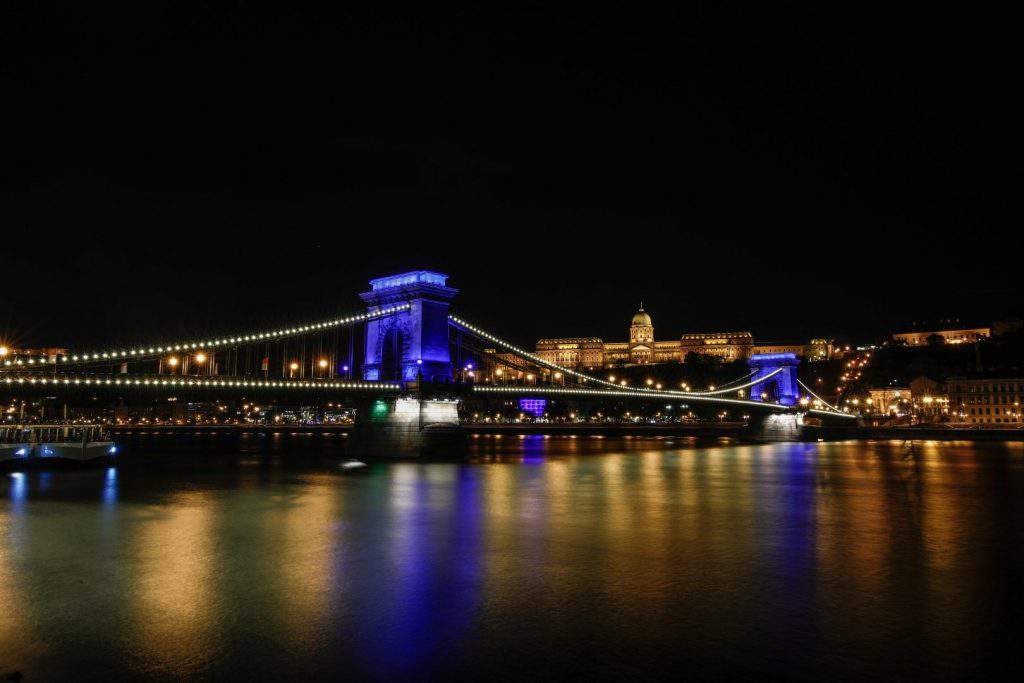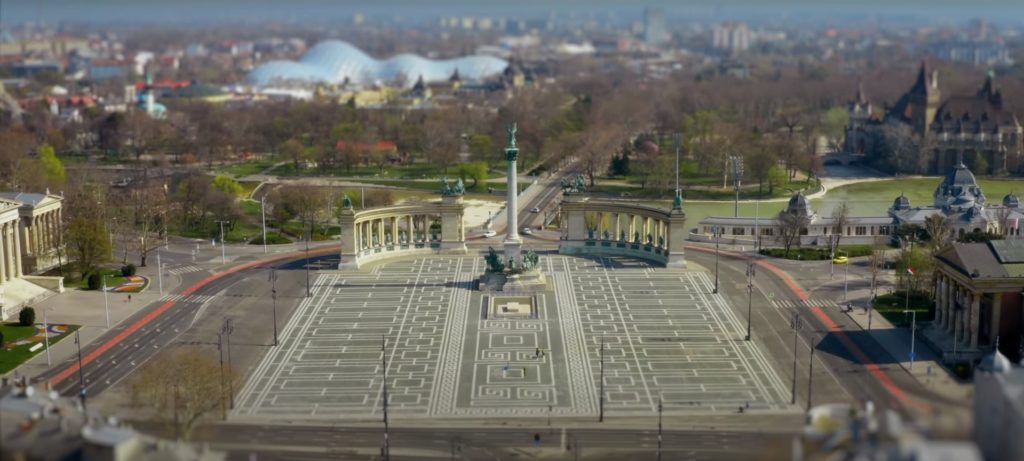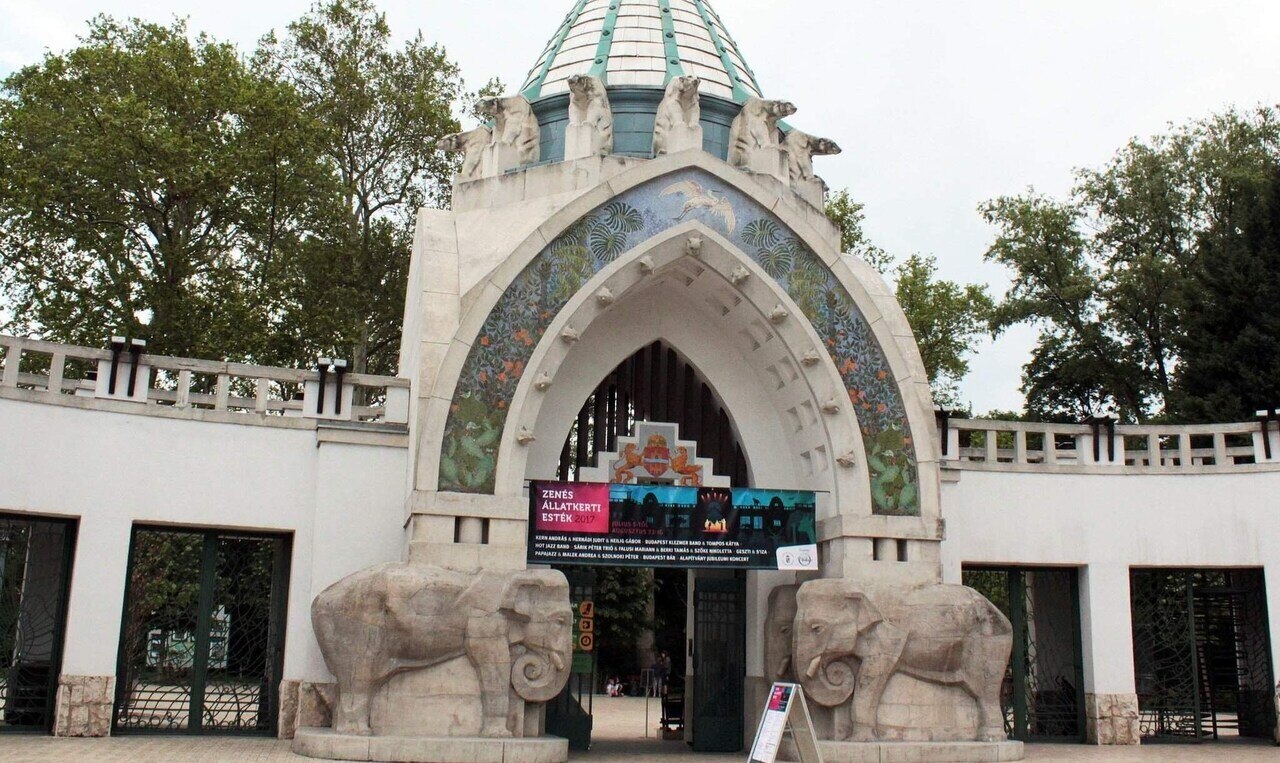Time travel around Budapest; how it looked in the past century vs now – PHOTOS

Budapest is a beloved destination for tourists who visit Hungary, but unfortunately, due to the current coronavirus pandemic, tourism has basically halted for almost an entire year now. There are some who would do anything just to travel somewhere. We cannot give you that, but thanks to the miracle of technology, we can show you around Budapest and how it looked like in the past. There were some buildings that you will never be able to see, things that have been rebuilt and things that, well, did not really change at all.
Lánchíd – Chain Bridge

The Lánchíd or Chain Bridge is an iconic bridge on the Danube and one of the main and most well-known sights of Budapest. The bridge was originally built in the 19th century and was inaugurated in 1849. Since then, near the end of WWII, the Germans blew up and demolished the bridge to cover their retreat. The one you can see in the photo above is the original bridge from 1938, decorated with bright lights for the World Eucharistic Congress.

Hősök Tere – Heros’ Square

Usually, Heros’s Square is crowded with tourists taking photos and looking up mesmerised unto the giant figures on the columns and stones. The image below is a still from a campaign video in which they showed how empty Budapest was when the first wave of the pandemic reached Hungary. The main difference between the old square and its looks today is the two large green areas and fountains. To be honest, it was more like a park than a large mosaic of stone slabs. I think the old square looked much more welcoming and the trees could give you cover from the blazing rays of the sun during Summer.

Just as a bonus, the photo below was taken in 1938 during the World Eucharistic Congress when a giant altar was built almost the whole monument’s size. The industrial and world exhibitions of the past century were monumental, to say the least.

Városliget – City Park

The same can be said about Városliget. Over the past couple of hundred years, it has gone through many changes. It was home to several exhibitions and even a bullfight. In the photo above, you can see the – formerly Olof Palme House – which is now called the Millenium House. It was built as an art gallery just for the exhibition. Since then, it served many purposes but has been neglected lately.

Luckily, as the Liget Project – a huge development plan to renew the City Park – moves forward, this beautiful, nearly 140 years old building has been renovated, and its surroundings cleaned up.


The building in the photo above, however, was not so lucky. It was destroyed during the Siege of Budapest and has not been rebuilt. They re-used the foundation and the ground floor of the old building when hastily creating a new one. The erected structure stood there and served many purposes, but was eventually entirely demolished in 2015. Unfortunately, you will not be able to see this building again.
Halászbástya – Fisherman’s Bastion

The Fisherman’s Bastion was one of the defensive sections of the city wall of Buda. It has been part of the medieval city wall since the 15th century. There is some debate on where its name come from exactly. The Fisherman’s Bastion is a newer iteration of the defence section of the city wall of Buda, and it was built on the foundation of the previous bastion. As bastions should be, the building seems completely unaffected by time. The only difference is that the fence on the right has been changed and incorporated into the wall sometime during the past 100 years.

Budavári sikló – Buda Castle Hill Funicular

This strange-looking transportation device just opposite the stone lions guarding the pillars of the Chain Bridge is actually a very interesting design, and it is a beloved “ride” for tourists, both foreign and domestic. It was inaugurated on March 2, 1870. Back then, it was the second funicular in Europe. It was working for 75 years when during WWII, it was destroyed by a bomb. It was not rebuilt until 1986, when it was finally restored. You can read more about it HERE.

Fővárosi Állat-és Növénykert – Budapest Zoo and Botanical Garden

The Budapest Zoo and Botanical garden was the only zoo in Hungary from 1866 when it first opened up until 1950 when the first countryside zoo was inaugurated, which means that it was the only Hungarian zoo for almost a century. The Zoo is one of the most visited cultural public institutions in Hungary, with around 1-1.1 million visitors every year, and it is considered to be one of the best zoos in Europe.

We hope you are safe and enjoyed this digital time-travelling tour. If you would like to know more about Hungary and Hungarians, browse from our Special Hungary articles.
Source: Daily News Hungary






Thank you so much! My wife and I visiting Budapest in 2018. The beautiful capital city of my father’s home country.